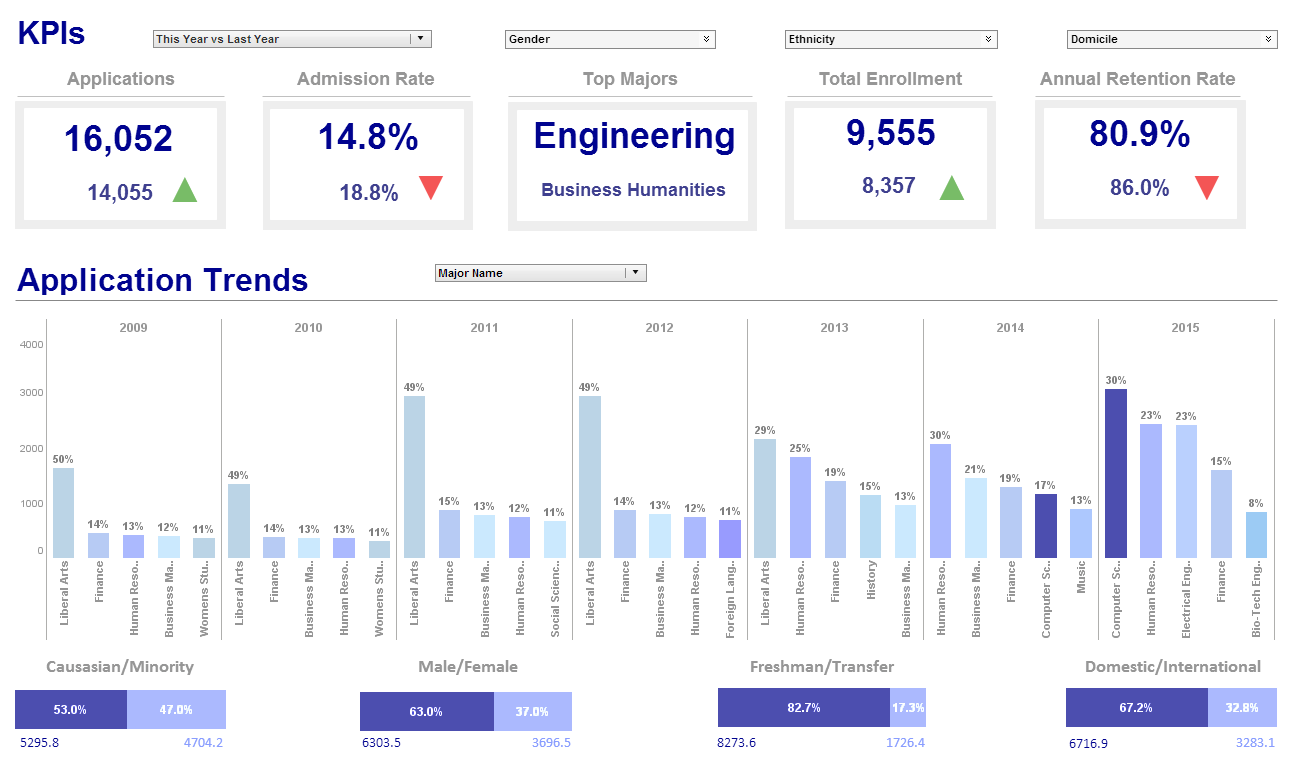InetSoft Webinar: The Information Value Chain
This is a copy of the transcipt of a Webinar hosted by InetSoft. The speaker is Mark Flaherty, CMO at InetSoft, and he discusses the topic of “Embedded Business Intelligence”
Mark Flaherty: Companies picking the embedded BI approach will have higher levels of user satisfaction when it comes to business intelligence, something that really helps them arm those users with the analytical capability that they need and generate those business opportunities as a result.
So what is it that separates these embedded BI users? Why are they achieving these improvements in operational performance and some of those metrics that we just looked at?
From a process standpoint, from an organizational maturity standpoint, what are the things that they have in place, what are they more likely to do that enables them to leverage business intelligence to the fullest extent?
What are the things that’s interesting, again frequently comes up as correlating with improved performance is the concept that these initiatives are driven by the line of business managers themselves rather than having the technical leaders take the solutions and deliver them to the business users without really understanding what the needs are, the business users are generating those requirements organically and going to IT with, you know hey I need the ability to optimize my trucking payloads, I need all of these different analytical capabilities.
| #1 Ranking: Read how InetSoft was rated #1 for user adoption in G2's user survey-based index | Read More |
Another key factor that we have seen is a lot of these companies have executive level ownership for their BI projects, so the ability to have a senior level executive bless an analytical solution or analytical strategy is something that correlates with improved performance as well. They are more likely to have cross-functional representation when it comes to the rollout of a BI solution. So when it comes to delivering these tools to more users in the organization, they have representation from a variety of different functions within the organization. So whether it's from sales or from marketing or from back-office function, they are more likely to have that representation so that they can deliver more meaningful tools.
And then they also have the ability to track what they are spending, you know the old saying, “You can't manage what you don’t measure.” What a lot of these embedded BI users are doing is that they are simply measuring and tracking their costs as it relates to the budget that they have set forth and more often than not, they have been more likely to stay within that budget.
When it comes to differentiation around technology usage, when I talk about business intelligence, I really think of it as what I would call a value chain - an information value chain - where you are transforming raw data into actionable insight. So all the different tools and activities that can fall under that umbrella, on the backend, you have activities around collecting data, managing it, integrating it, cleansing it, making it more usable. Then you are assembling that information at a usable insight, you are applying business rules to it, you are modeling it, you are asking questions of the data.
 |
View a 2-minute demonstration of InetSoft's easy, agile, and robust BI software. |
And then once it's been transformed in the insight, all the different activities around delivering it to a wider audience whether it's through dashboards or other types of delivery tools, what we have seen is embedded BI users are more likely to be leveraging the appropriate technologies at each stage of that transformation cycle from data collection, using tools like integration tools and cleansing tools to improve the value of that data. Another useful tool has to do with information assembly. That means companies using modeling technologies like predictive modeling to ask better questions and become more proactive with their business, and then delivering that insight through tools like automated alert reporting and other dashboard type visual tools. It’s a truly holistic strategy when it comes to technology.
And then the last chart, I want to show here is what I have been talking about over and over again throughout this presentation, which is the connection between performance and the pervasiveness of an analytical solution. When it comes to software, business intelligence included, the value of the tool is very much directly related to the widespread nature of the tool, nothing erodes the value of software faster than it turning into a shelf-ware, where it's deployed and no one uses it, resources are spent and it's not being leveraged to its fullest extent.
What we found is that again, embedded BI users have been able to leverage that infrastructure that they already have in place with their existing software tools to help deliver those BI capabilities to more functions with the organization whether it's some of the traditional functions like finance or it's business development and sales to some of the more non-traditional back-office type functions, logistics procurement, supply chain, inventory management, all these different types of functions. Embedded BI users have achieved a higher degree of pervasiveness when it comes to their analytical solutions and as a result, they have really been able to drive some significant performance to their organizations.
| Previous: Expansion and BI Potential |


